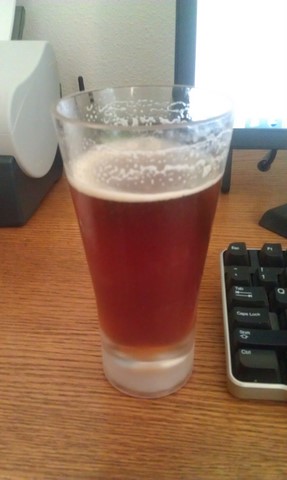doublehaul
Well-Known Member
On my second batch. My first batch I added 2 or 3 gallons cold water first, and then dumped the wort in, and the cold water would absorb the shock of the hot wort. This recipe, the hot wort is 4.5 gallons so I can't add too much cold water first. What is a safe temp to add the wort and not worry about cracking the glass carboy?



